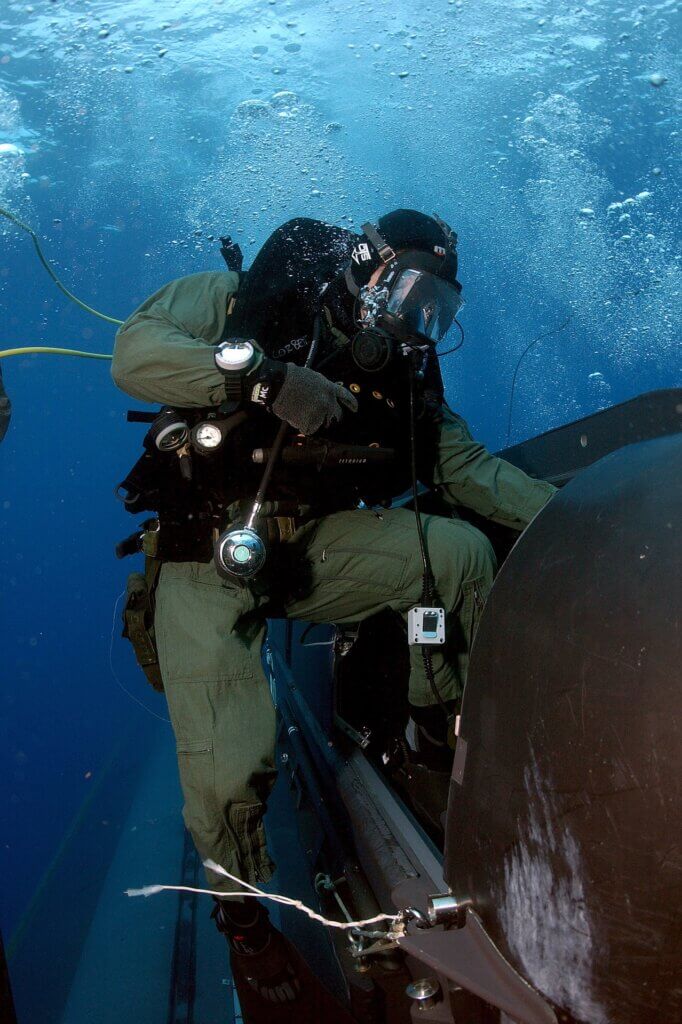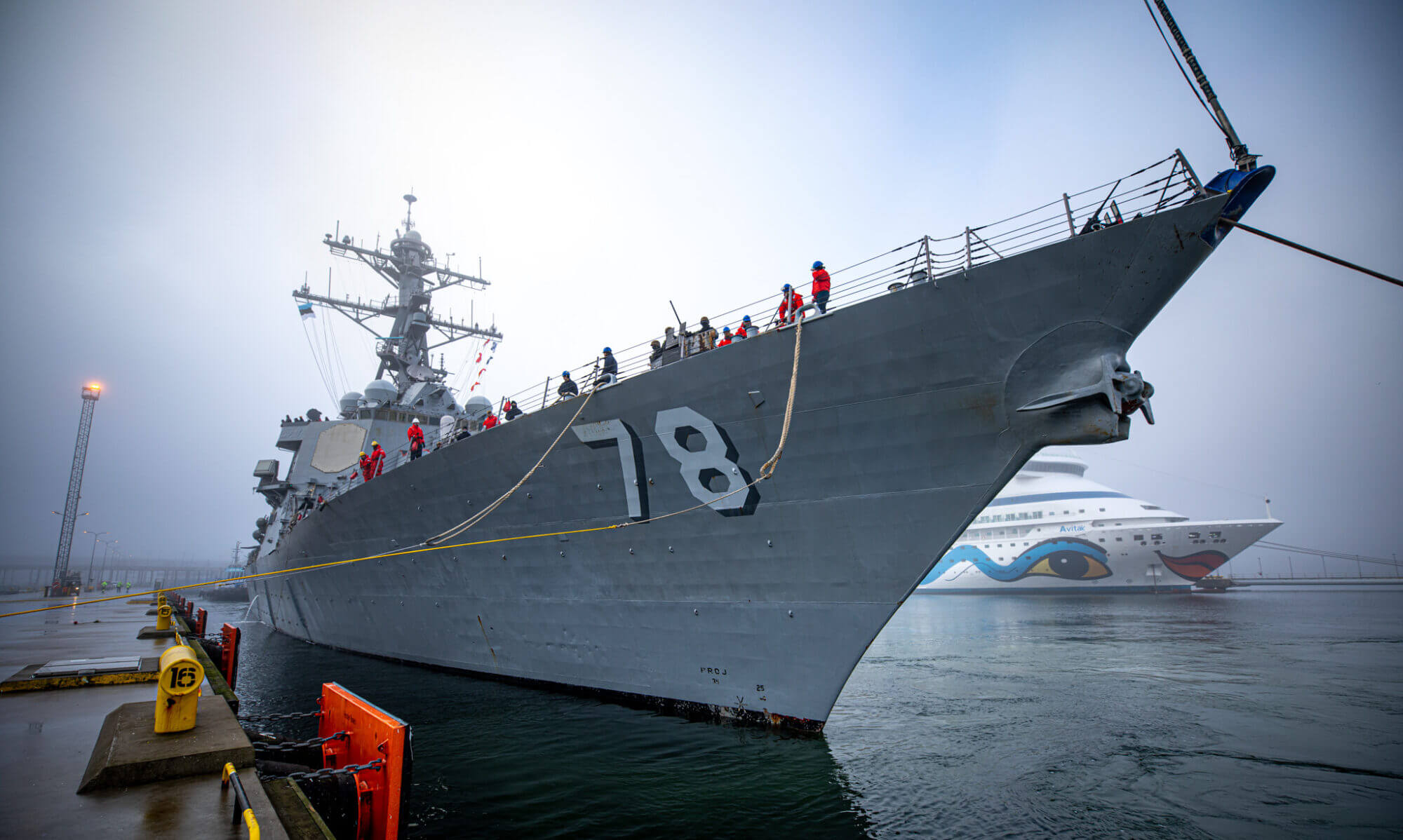
Introduction:
Welcome to Americans for a Stronger Navy, where we believe in safeguarding America’s interests and maintaining naval superiority. In a rapidly evolving world, our focus is shifting to a new battleground that holds immense potential and challenges: the seabed. Recent developments in seabed warfare have prompted the United States to invest billions of dollars in cutting-edge technologies, positioning itself at the forefront of this emerging domain. In this article, we explore the significance of seabed warfare, the U.S.’s implementation strategies, and the importance of supporting a stronger Navy for a secure future.
Summary:
As militaries around the world invest heavily in underwater defenses, the United States is leading the charge in seabed warfare. With less than 10% of the ocean floor mapped globally, the U.S. is capitalizing on this untapped frontier. This article delves into the evolving concept of seabed warfare, its implications for future conflicts, and the United States’ commitment to developing advanced technologies to dominate this domain. With the introduction of a state-of-the-art spy submarine and other secret projects, the U.S. Navy is positioning itself as a formidable force in the depths of the ocean.
What is Seabed Warfare and How is the U.S. Implementing It?
Seabed warfare, an evolving concept without a universally accepted definition, involves operations conducted to, from, and across the seabed. The U.S. Naval Surface Warfare Center describes it as a multidimensional approach that includes targeting vital infrastructure like fiber-optic cables, power cables, and gas pipelines. By investing in advanced military vehicles, such as a $5.1 billion spy submarine, the U.S. Navy aims to establish dominance on the seabed.
The Growing Threat of Seabed Warfare:
The vulnerability of crucial infrastructure, including undersea fiber-optic cables and oil/gas pipelines, raises concerns about potential attacks by hostile nations or terrorist groups. Disrupting these networks could have catastrophic consequences, affecting internet access, energy supplies, and other necessities for millions of people. Foreign powers, like Russia and China, are already engaged in underwater surveillance and mapping activities, highlighting the increasing threat.
Key Takeaways:
The United States is investing billions in developing seabed warfare technologies, staying ahead of China and Russia.
Seabed warfare involves targeting infrastructure and poses risks to critical systems like internet access and energy supplies.
The U.S. Navy’s advanced spy submarine project, along with other secret initiatives, showcases America’s commitment to dominating the seabed.
Conclusion:
As we navigate a world where the seabed emerges as a new theater of conflict, it is crucial to recognize the importance of a stronger Navy and support organizations like Americans for a Stronger Navy. The United States’ investment in cutting-edge seabed technologies demonstrates its dedication to maintaining naval superiority and protecting national interests. By subscribing to our cause and engaging fellow Americans, we can ensure a secure future where America’s presence remains unchallenged in the depths of the ocean. Join us in championing a stronger Navy and unlocking the potential of the seabed for a safer world.

